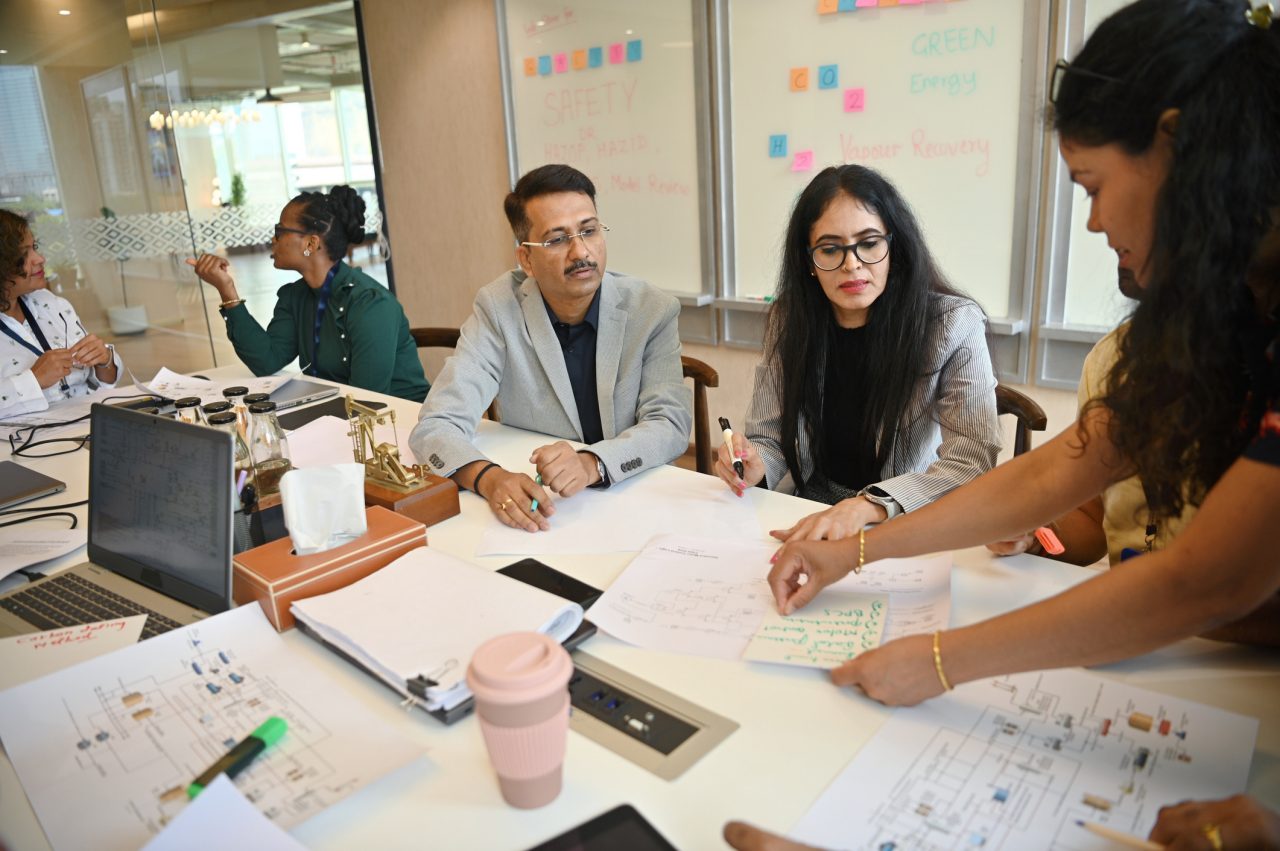India has a geographically dispersed economic landscape with mature industries in its metros and a new set of emerging industrial hubs coming up in tier-2 and tier-3 cities. However, this diverse economic growth has thrown another significant challenge: regionalized talent shortages. Organizations scouting for newer geographies remain plagued by the problems of sourcing and retaining skills.
Strategic workforce planning (SWP) addresses this issue by aligning talent supply with organizational demand, considering regional peculiarities, and fostering long-term resilience. This blog will examine how SWP can be used to address regional talent shortages in India and offer actionable insights for C-suite leaders as they navigate this critical challenge.
Understanding Regional Talent Shortages in India
Regional talent shortages in India arise from a combination of interlinked factors:
Urban-Rural Skill Divide: While Bengaluru and Mumbai have an extremely high concentration of skilled professionals, rural and semi-urban areas do not have as many simply because they do not have easy access to advanced education and training.
Migration Pattern: Professionals may migrate to metro cities for better career opportunities but may leave regional businesses struggling with talent attraction.
Industrial Concentration: Some industries are geographically concentrated, like IT in Hyderabad or manufacturing in Pune, so the other places are less interesting for niche skills.
Lack of Infrastructure: Most organizations in small towns lack the technological and social infrastructure to attract top talent.
These demand a formal approach to workforce planning, like strategic workforce planning, which helps create talent pipelines to bridge the gap in supply and demand.
Role of Strategic Workforce Planning
Strategic workforce planning is forecasting an organization's talent needs and a plan of action against such a forecast. A practical implementation of SWP can address regional imbalances by emphasizing the following factors:
Data-Informed Decision Making: An organization should use workforce analytics to pinpoint areas where a ready talent supply has not been tapped.
Action Step: Use data from government skills development programs like Skill India to help analyze regional capabilities and adjust the hiring strategy accordingly.
Region-Specific Skill Training: Regional context-based skill building will solve the urban-rural skill gap effectively
Action Step: Tie up local colleges, NGOs, and local skill development centers for readymade modules on specific industries to give training
Remote Work: Remote work is a game-changer when it comes to tapping into the talent pool of underdeveloped regions. Organizations that offer flexible roles can attract talent from various parts of the country.
Action Point: Invest in digital infrastructure and training to facilitate smooth remote work experiences.
Regional Talent Challenges Strategies
To make strategic workforce planning work, organizations should use customized solutions:
Employer Branding
Build a strong regional presence by focusing on the success stories of employees working in non-metro locations.
Focus campaigns on the benefits of working and living in small cities, such as achieving a better work-life balance and lower cost of living.
Enhance Regional Education Relationships
Connect with regions' universities and vocational training facilities to build a talent pipeline (Randstad, 2024)
Internships and apprenticeships for students in the education institutes would familiarize them with industry needs.
Investment in Leadership Development
Prepare regional managers by equipping them with appropriate leadership skills and engaging with the distributed team.
Encourage cross-functional teams to work on projects, which will help share knowledge between metro and regional offices.
Can Strategic Workforce Planning Close the Talent Gap?
The solution then comes in the long term. Though strategic workforce planning cannot immediately prevent regional talent shortages, it can develop long-term, sustainable solutions for connecting gaps. If such strategies are combined with those for inclusivity, they unlock a new growth space.
The hiring across regions must be viewed by the C-suite leaders not merely as a logistical necessity but as an opportunity to generate innovation, diversified talent, and holistic development for India. With the right approach, strategic workforce planning would transform the challenge of regional talent shortages into opportunities for growth and resilience.




